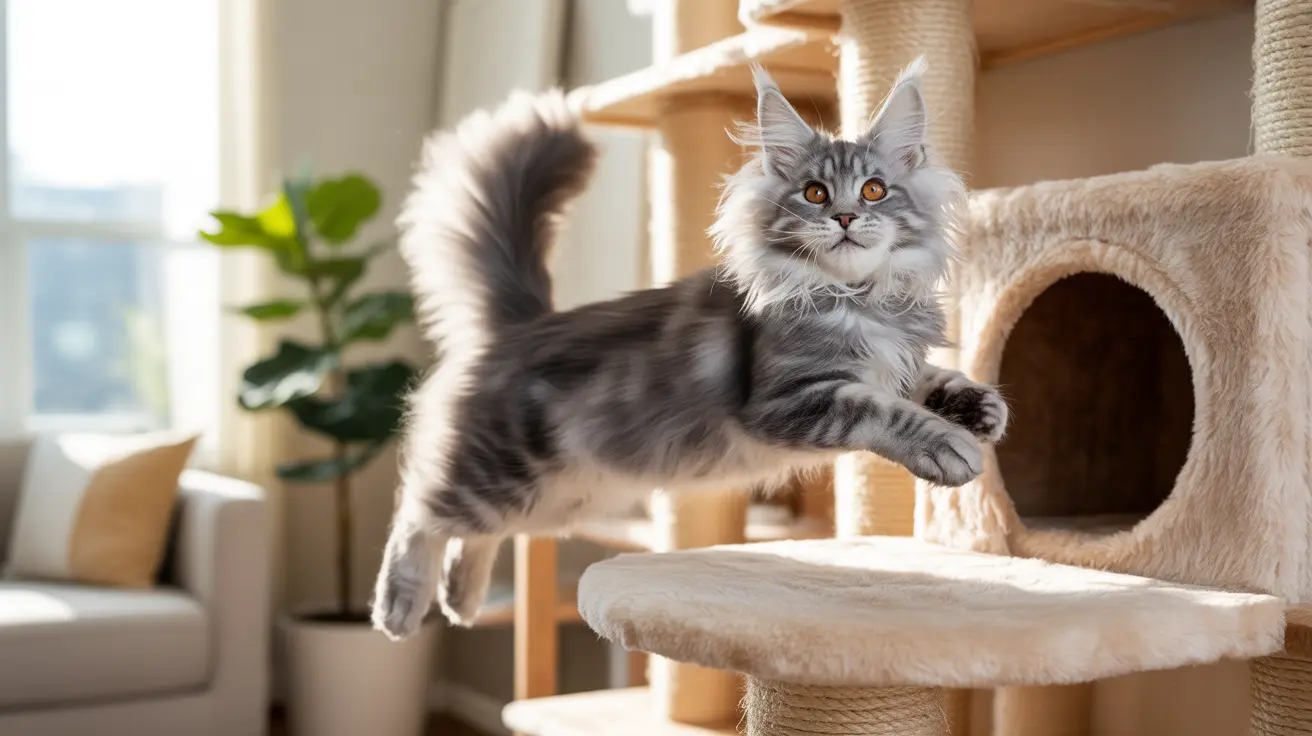Why Do Dogs Lay on Their Backs?
If you've ever seen a dog sprawled out on its back, paws up in the air, you might've wondered what's going through their furry heads. This quirky pose is more than just adorable—it's packed with meaning and tells you a lot about how your dog feels.
Trust and Comfort
When dogs expose their bellies, they're revealing one of their most vulnerable spots. In the wild, animals protect their stomachs from threats. So when your pup flops over without hesitation, it's a clear sign they feel safe around you. They're saying, "I trust you." This is especially true if they're relaxed, eyes half-closed, and breathing evenly.
Seeking Attention (and Belly Rubs!)
Let's be honest—many dogs quickly learn that lying on their backs brings humans running for a good belly rub. Some will even nudge your hand with their nose or wiggle until you start scratching that sweet spot. It's a classic way for dogs to ask for affection without barking or whining.
- Inviting play: Puppies often roll onto their backs during playtime as a signal to keep things friendly.
- Bonding: A dog that trusts you enough to show its belly is strengthening your bond each time it does so.
Cooling Off
The fur on a dog's belly is usually thinner than on the rest of its body. When it's hot, lying belly-up helps them cool down faster—especially if they're stretched out on a cool floor or shady patch of grass. You'll notice this more in summer months or after energetic play sessions.
Relaxation and Sleep
A dog that's truly at ease may sleep flat on its back. This position lets them fully relax their muscles and stretch out without worry. It's not uncommon to see this in homes where dogs feel secure and loved.
- Deep sleep: Dogs in REM sleep sometimes twitch or move while lying like this—it means they're comfortable enough to let go completely.
- No immediate threats: In multi-pet households, only the most confident pups will nap this way around others.
Submission Signals
Lying on the back can also be a sign of submission, especially during interactions with other dogs. If your dog rolls over during play with another canine and keeps its tail tucked or head turned away, it's likely signaling that it doesn't want any trouble. This helps prevent fights and keeps social hierarchies clear.
- Puppy behavior: Young dogs use this gesture frequently as they learn social cues from older animals.
- Avoiding conflict: Submissive rolling can stop aggressive behavior before it starts.
Anxiety or Discomfort?
While most back-lying is harmless, pay attention to context. If your dog seems tense (tail stiff, ears back) or urinates while rolling over, it could be showing appeasement rather than trust. In these cases, give your pet space and avoid forcing interaction until they're comfortable again.
The Takeaway: Reading Your Dog's Body Language
No two dogs are exactly alike—some love lying belly-up all the time; others rarely do it unless they're totally relaxed. Watch for other signals: wagging tails, relaxed faces, and soft eyes usually mean happiness; stiff movements or avoidance might suggest unease.
- If your dog's inviting touch (wiggling, making eye contact), go ahead with gentle belly rubs.
- If they seem nervous or try to move away when touched, respect their boundaries.
The next time you catch your pup lounging upside down, remember: it's more than just cute—it's communication! Whether they're seeking attention, cooling off after zoomies, or simply basking in trust and comfort, you're witnessing an honest expression of how they feel at home with you.





